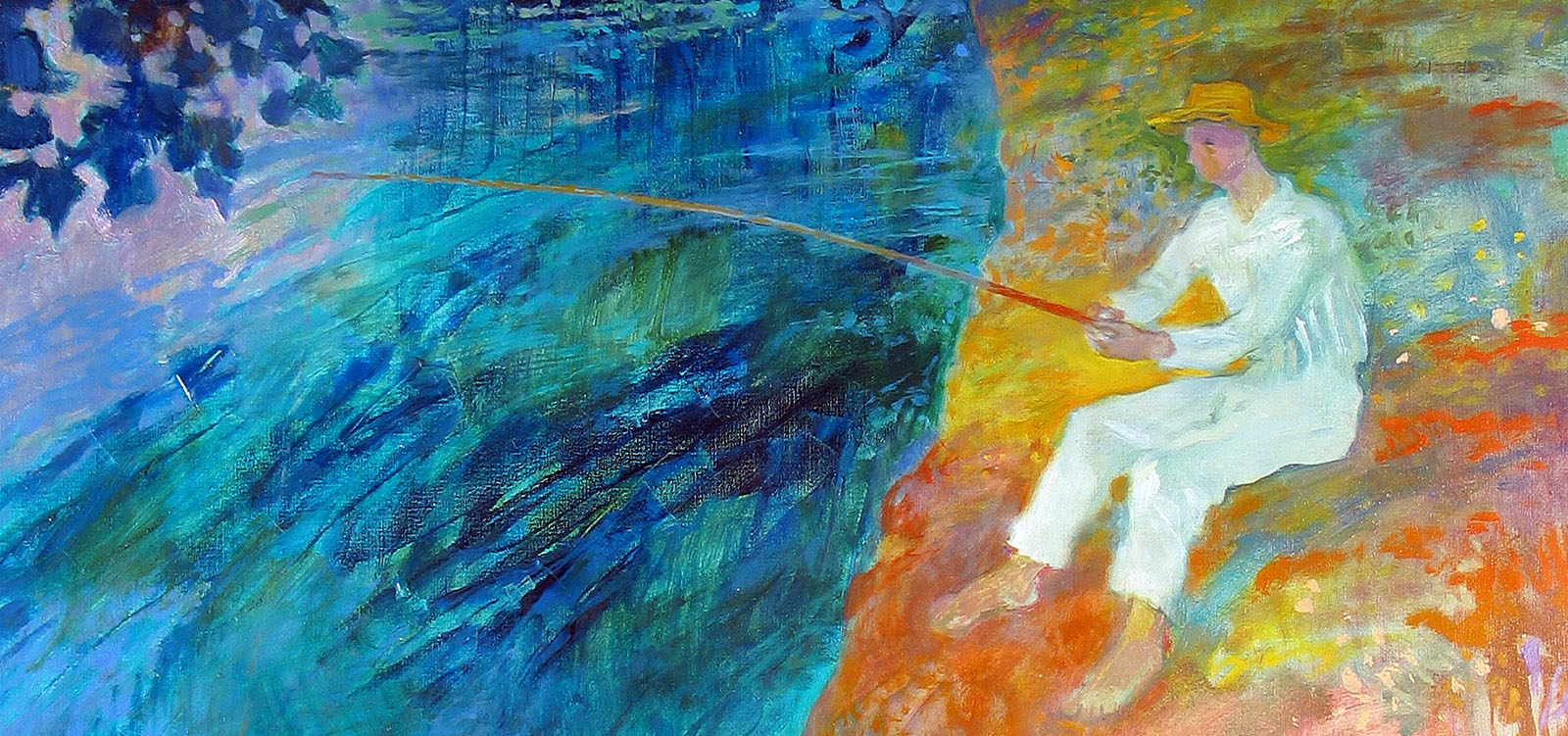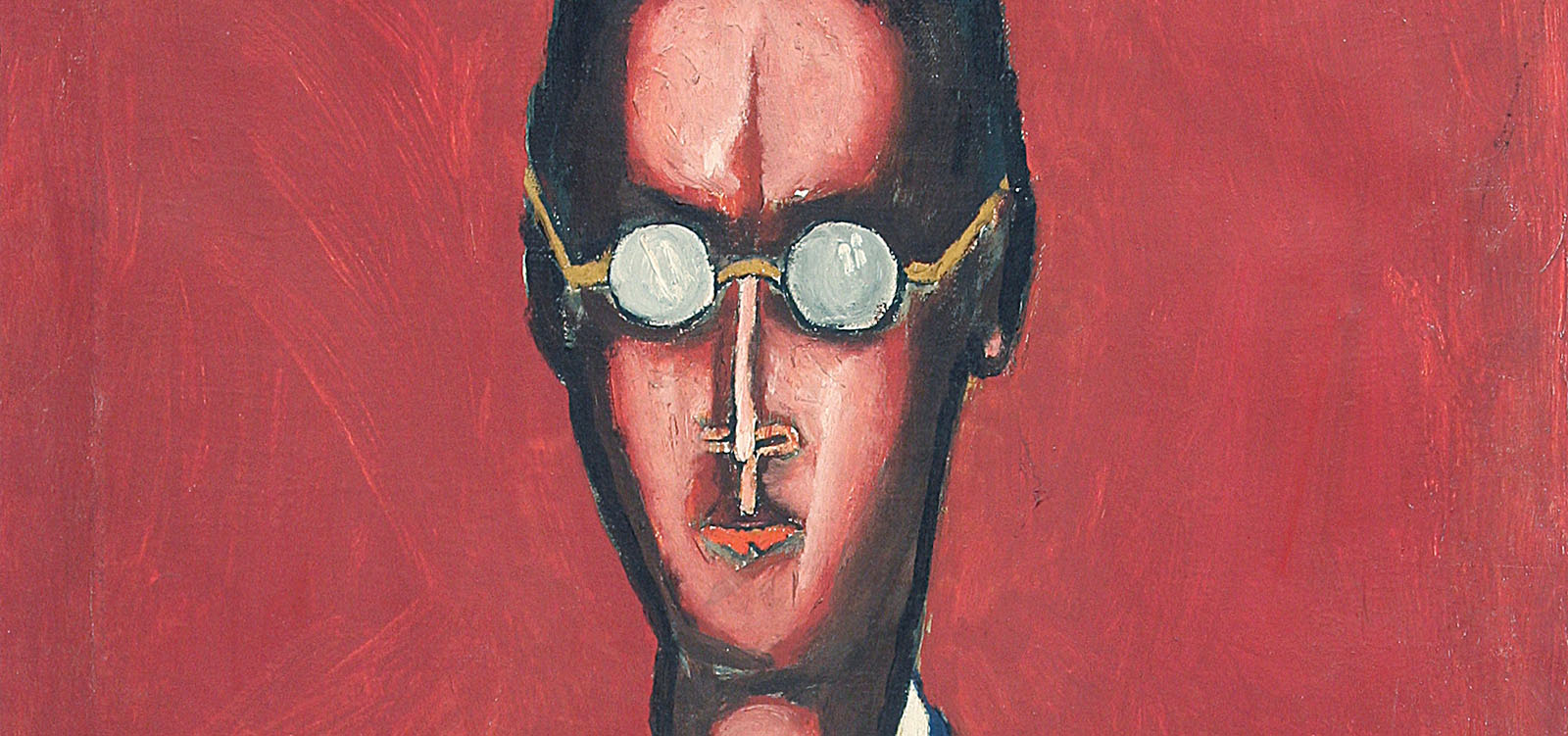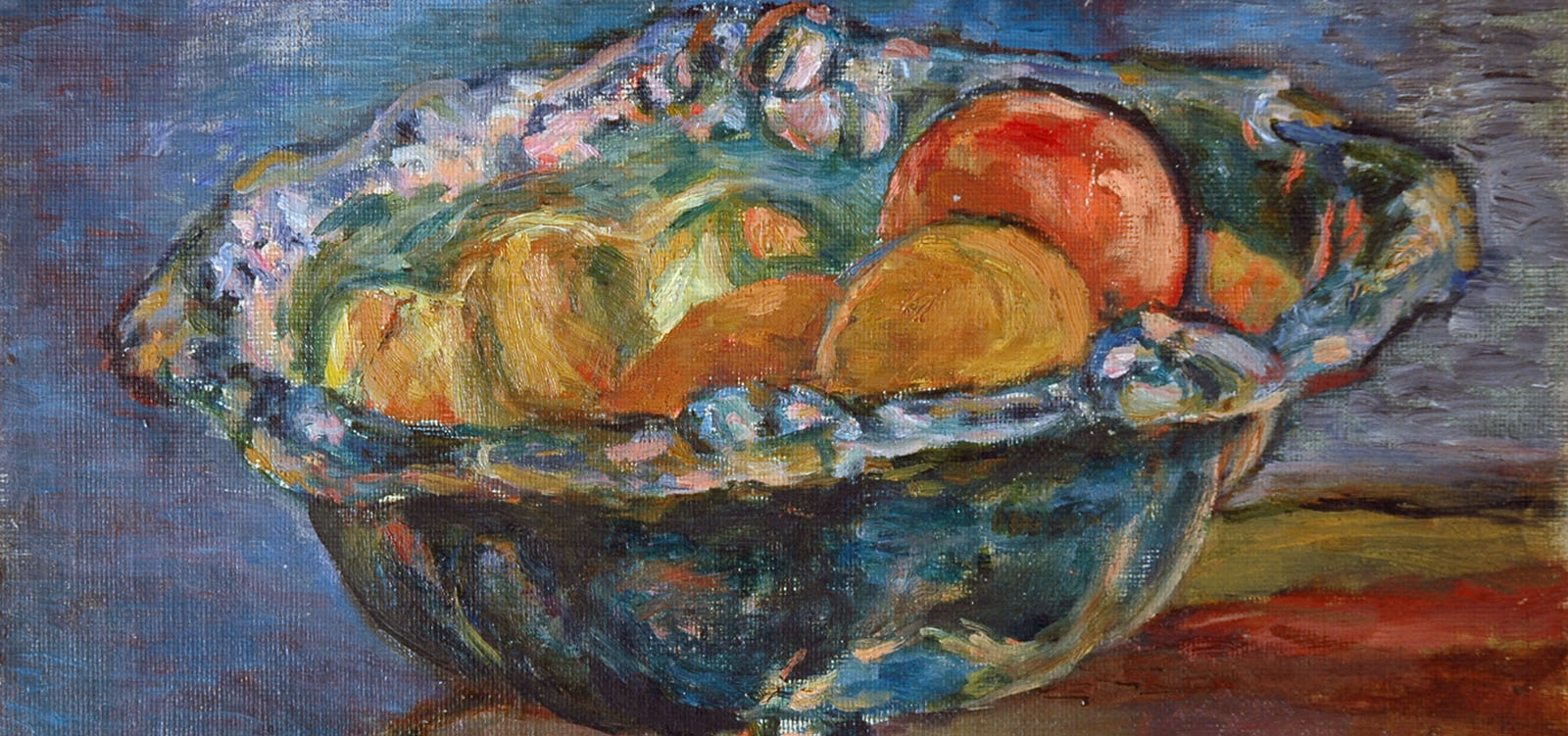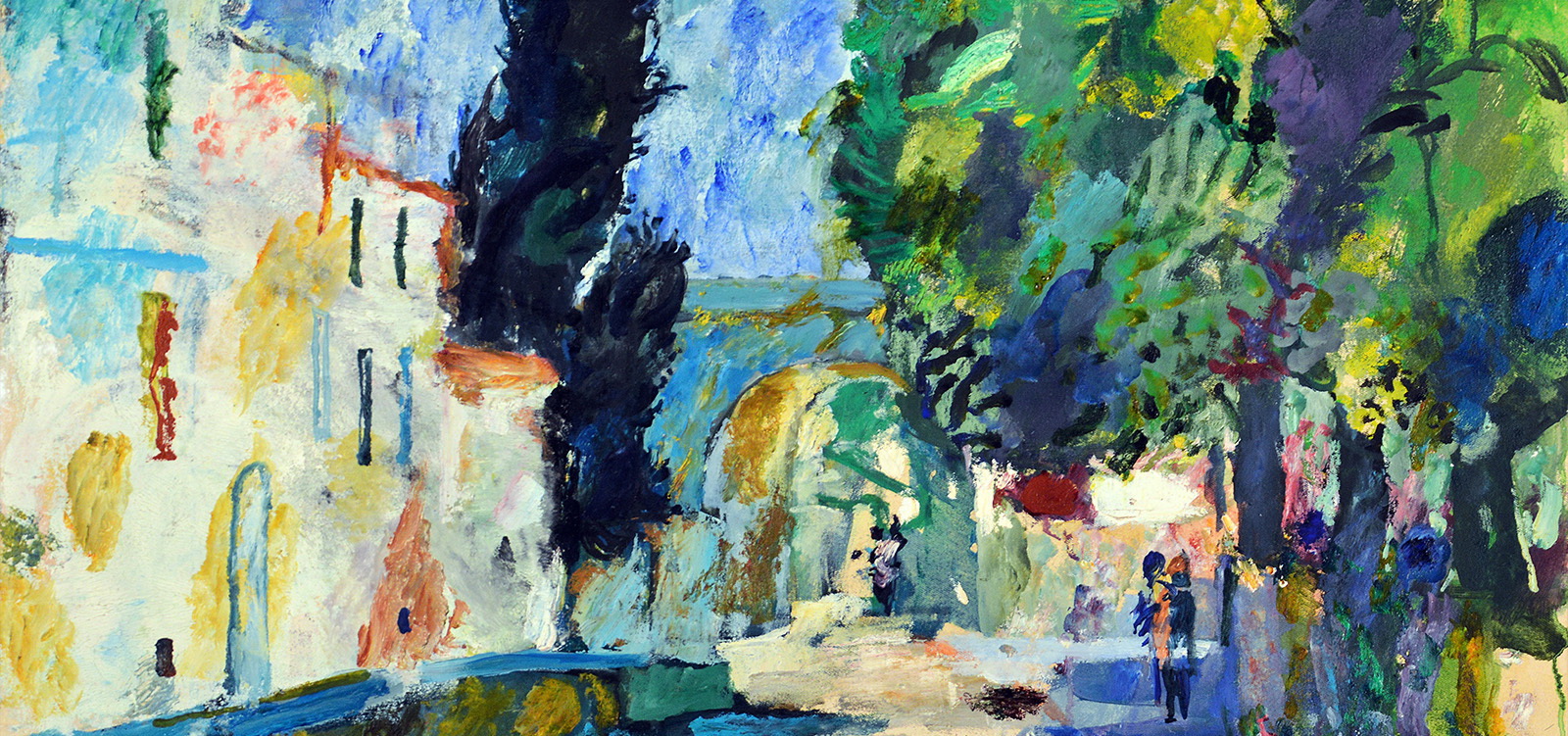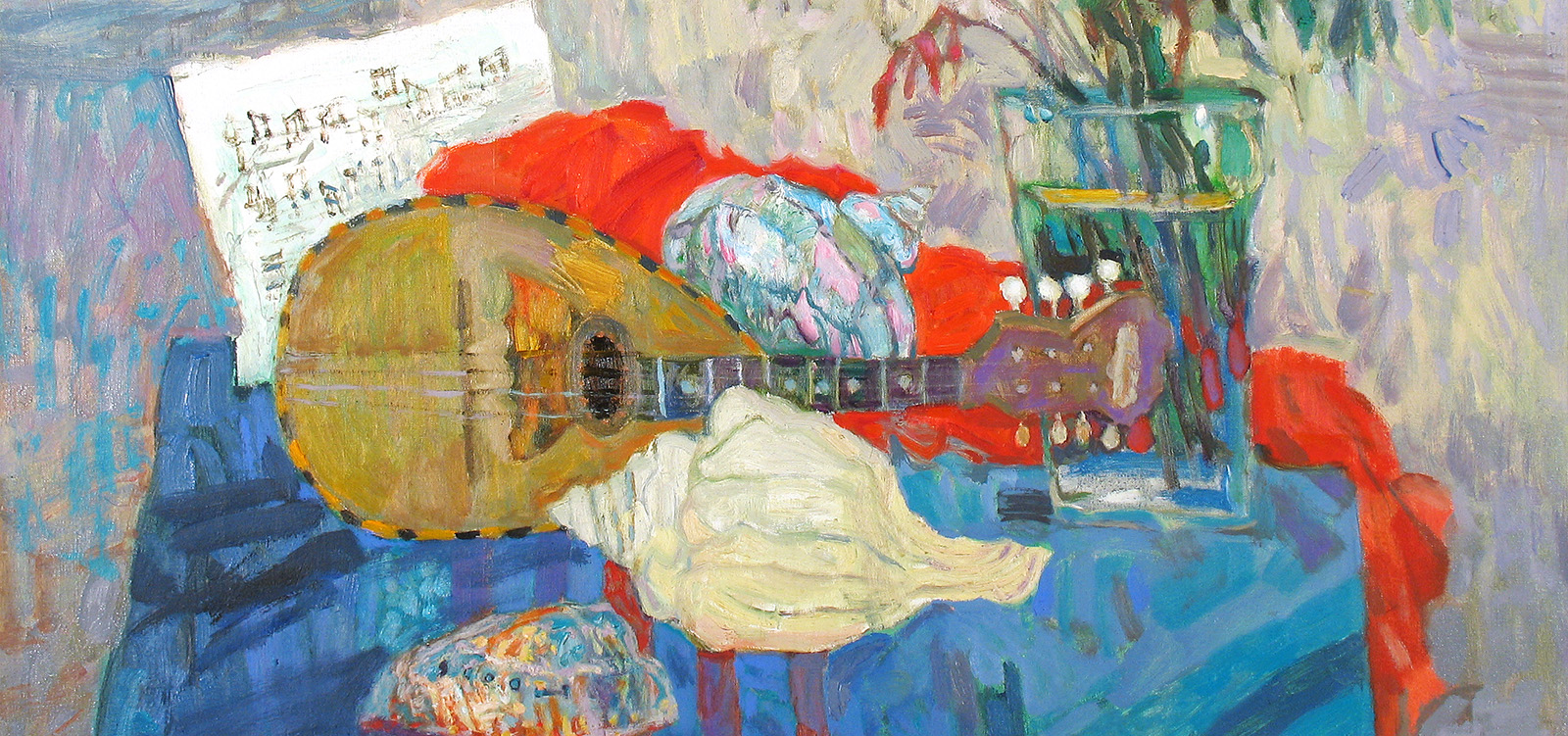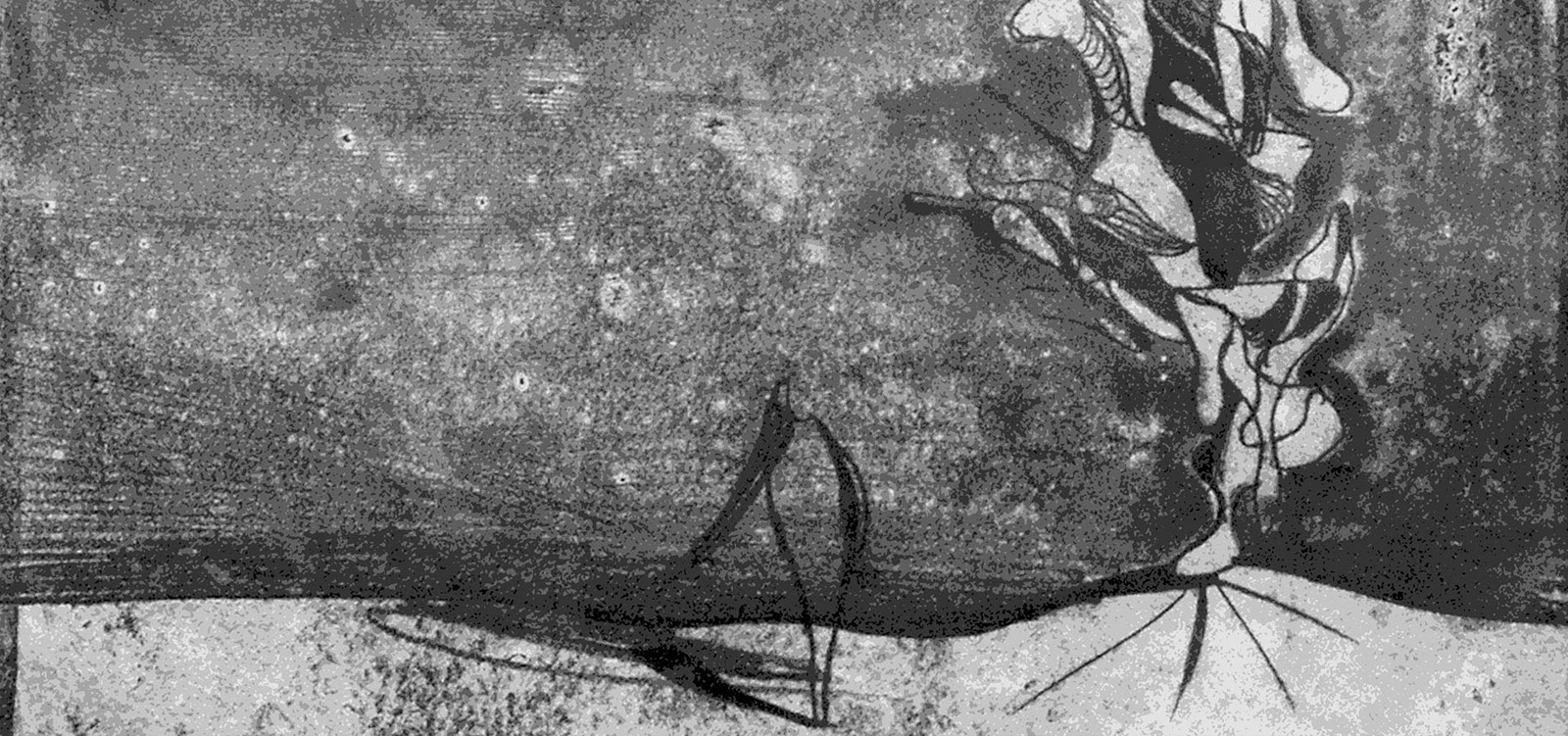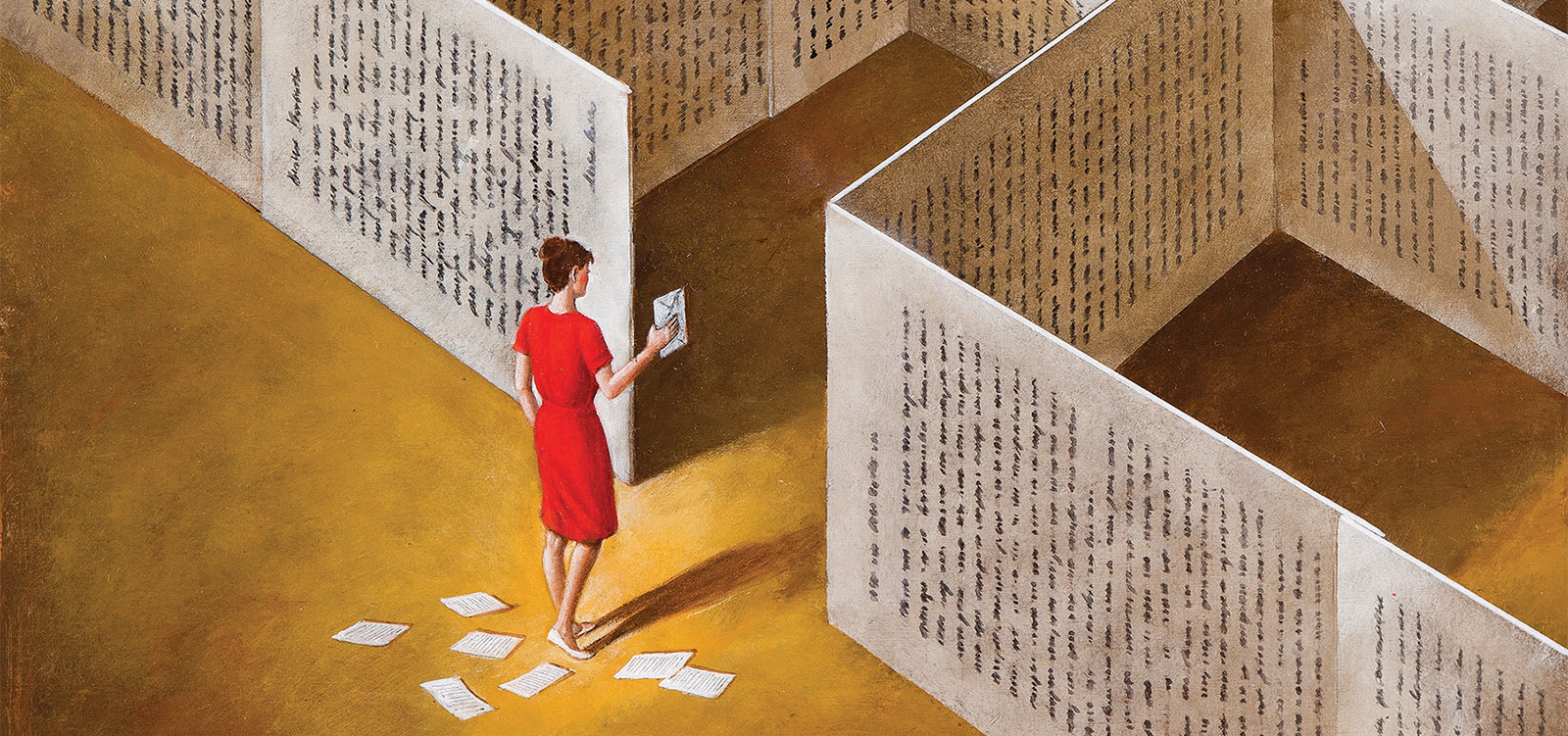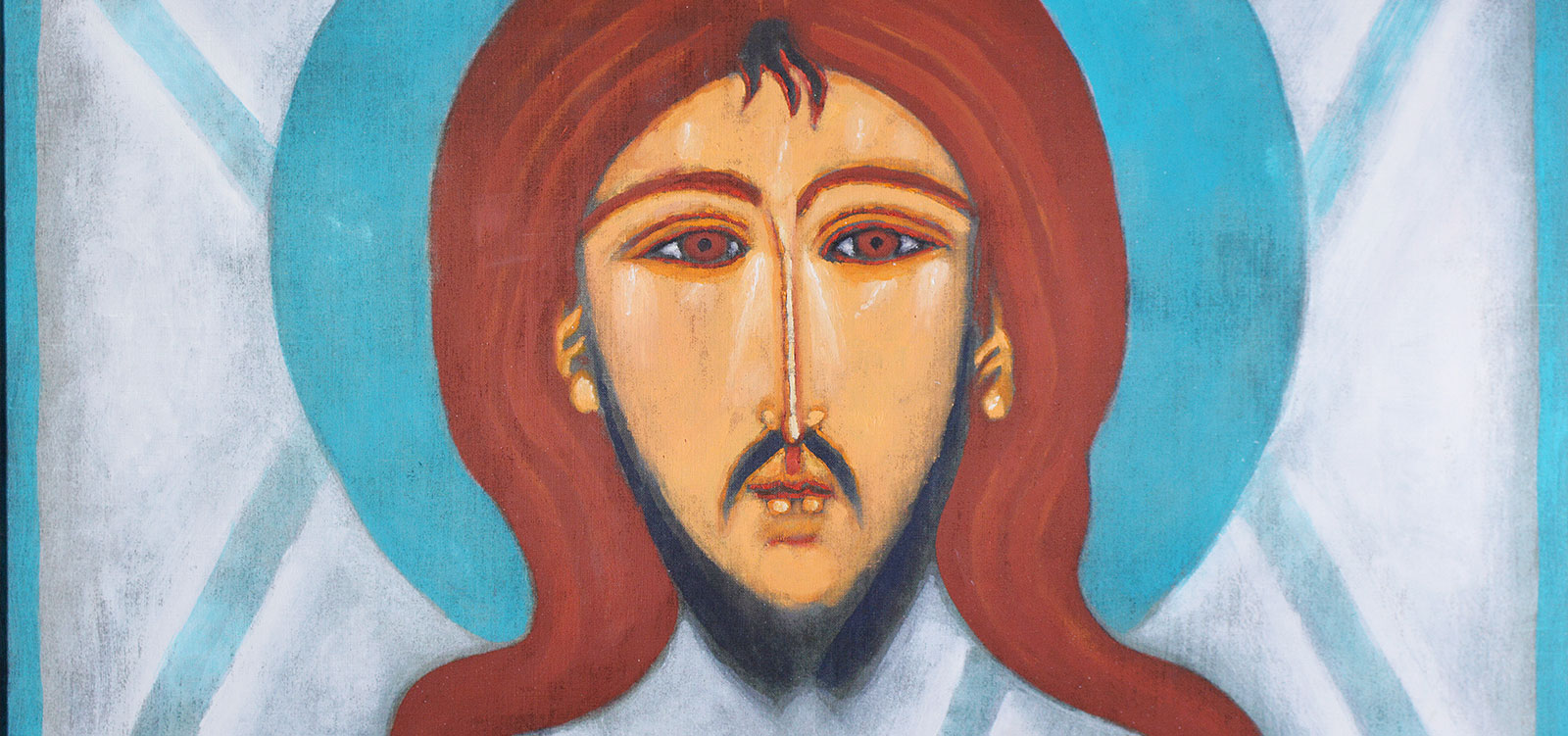Franciszek Bunsch
Reviews (fragments)
Bunsch is an ardent enthusiast of the possibilities that graphic art affords. He constantly exploits new materials, makes experiments, worships the material which at a given moment he finds the most perfect medium of expression and most essential for his artistic sensitivity. This worship opens for Bunsch many experimental paths and the experience acquired on the way result in works of art which express unrestrainedly the artist's concepts.
Halina Chrostowska, review, 1966
"It seems to me that poetry as if "written" with graphics is a characteristic feature of Bunsch's art and a factor which inspires formal solutions. However I would not link the artist's search either with Surrealism (although it would not be incorrect according to the most general and schematic definitions) or with its variety called "metaphoric art", which is so popular in Poland, because this notion includes so many different phenomena that it has lost its distinguishable characteristics. That is why I prefer to speak about the poetic character of Bunsch's works which is expressed by the way of presenting facts, events, plants, insects, etc. (titles of particular prints and whole series indicate it).
Stefan Gierowski, review, 1981
Man is the essence of Bunsch's works. He is frequently the hero of situations permeated with drama. The medium of drama can be a human body but also objects which surround it. The dramaturgy of Bunsch's works follows the rules of a specific theatre; his actors do not only put on masks, costumes and use props but they themselves become masks, costumes and props. Deformation serves as a metaphoric expression of the essence.
Andrzej Pietsch, review, 1981
Bunsch's plates resemble parables containing the artist's philosophy. They are not solely spontaneous visions. They result from conscious choices. They constitute deliberate compositions of real and imaginary motifs and shapes, which have special meanings. They may be intellectual riddles for the uninitiated whom the artist forces perversely to guess the meaning hidden in them. They appeal to our sensitivity with their masterly form which is never false due to which neither common nor irrational subjects it expresses are ever banal.
Ignacy Trybowski, Krakowskie Rozmaitosci Kulturalne KRAK, No 14, 1987
... it would be more true to classify Bunsch - if any classification of outstanding artists is reasonable at all - as a representative of emotional trend in art because his works, irrespective of the degree of deformation or other artistic measures by which they are typified, have such dramatic climate. It is the artist's personality but not the motif which defines a work of art best.
Jerzy Madeyski, Zycie Literackie Nos 51, 52, 1987
Franciszek Bunsch's artistic output is typical of his generation. His contemporaries were born in the twenties, lived through the hardship of the 2nd World War, and experienced transformations of their outlooks on life which stimulated their intellectual and spiritual development. Bunsch's works are influenced by the artist's reflection on the world, the acceptance of himself and his "loneliness", the need to leave a "trace" behind and the necessity to carry on an internal dialogue. Bunsch's poetic nature focused on spiritual values of man rather than on an intellectual discussion on the form. Obviously his attitude was also modified by his background, school, people, and the aura of the Academy. Bunsch is a typical representative of the Cracow school of graphic art which prefers indirect communication, and makes use of symbolism, metaphor, special expression and philosophy...
Leszek Rozga, review, 1989
